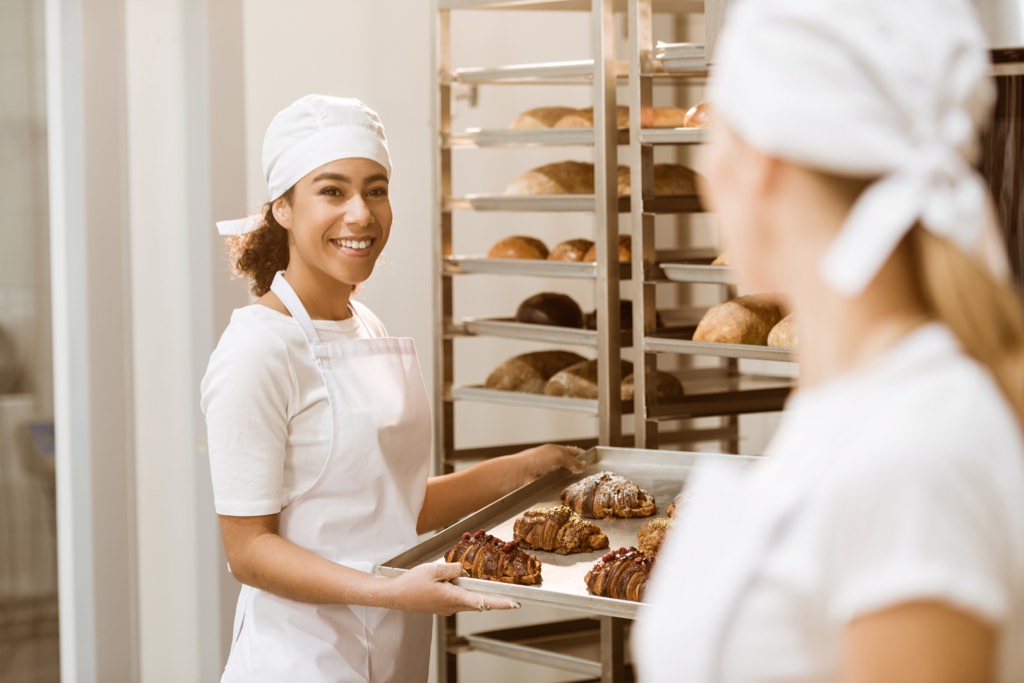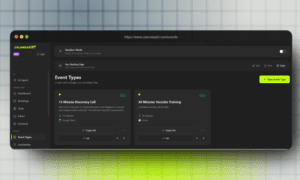From Passion to Profit
Turning a recipe blog into a real business is about more than just sharing meals you love. It’s about finding ways to take what you already do—write, photograph, cook—and turn that into something that brings in steady income. Many food bloggers start by writing for fun. They post about meals, ingredients, and family traditions. But over time, some realize that their blog could be more than a hobby. With the right steps, it can become a thriving product-based business.
The first step is to treat your blog like a business. That means understanding your audience, planning content, and offering products or services they actually want. You might sell recipe books, meal plans, cooking courses, or even branded kitchen gear. With platforms like Shopify, you can build an online store that works side by side with your blog. That way, your followers can read your latest recipe and buy your newest product in the same place.
This transformation doesn’t happen overnight. It requires smart strategy, consistent branding, and tools that make it easier to scale.
The Right Tools and Strategies
Bloggers often think they need to grow a huge audience first, but that’s not always true. What matters more is engagement. If you have loyal readers who trust your recipes and style, you can create something they’ll actually buy. Think about what your readers ask for. Are they asking for grocery lists? Do they need help with meal planning? That’s where you start. Solve one clear problem with a simple digital product, and grow from there.
Platforms like Shopify and Elementor make it easier to build out that store. Itamar Haim, Marketing Manager at Elementor, explains, “At Elementor, we help creators build stunning websites with tools like our AI Copilot and Site Planner. These features let bloggers launch fast without needing to know code. Our goal is to make web design simple, powerful, and focused on results. We believe a blog should look good and work hard to support your business goals.”
Another key step is making your services feel like products. Joe Davies, CEO of FATJOE, says, “Services should be sold like products. At FATJOE, we package SEO services so they’re easy to understand and buy. We’ve sold over $100 million in services this way. That’s the model recipe bloggers can follow: turn your content into a clear, buyable product.”
That could mean a 4-week beginner cooking course, a custom diet plan for families, or a collection of holiday recipes in PDF form. Start small and focus on solving real problems. When your product helps, your audience grows.
Real Stories, Real Experience
Having a strong brand voice helps you stand out. One great way to shape that voice is by learning from real restaurateurs. Allen Kou, owner of Zinfandel Grille and President of the California Restaurant Association Sacramento Chapter, knows how important it is to make a connection. “We serve food, yes—but we’re really serving memories. Every dish tells a story, and that’s what people come back for. Bloggers have that same chance. Share your food with meaning, and your audience won’t just follow you—they’ll support your business.”
Adding real-life stories to your content helps build emotional trust. When readers feel something while reading your blog, they’re more likely to buy your cookbook or try your course. You’re not just offering food—you’re offering an experience. Like Allen says, it’s about memory and meaning.
How to Monetize Smartly
You don’t have to do everything at once. Choose a monetization path that fits your skills. Some ideas:
- Digital products: Recipe ebooks, seasonal cooking guides, or pantry cheat sheets.
- Online courses: Teach knife skills, meal planning, or baking basics through video.
- Subscription models: Charge monthly for access to exclusive recipes, live cooking classes, or weekly grocery plans.
- Physical products: Branded utensils, aprons, spice mixes, or kitchen tools.
Each of these can be sold through platforms like Shopify. The key is to make the shopping experience smooth. Keep your product descriptions simple, include strong visuals, and always tell buyers how your product helps them.
Marketing is another piece of the puzzle. Social media helps, but your blog and email list are where the sales usually happen. Collect emails with a freebie—maybe a 5-day dinner planner or your top 10 recipes. Then use email to promote your products in a helpful, natural way.
From Blog Posts to Business Moves
If you’re serious about turning your blog into a business, start tracking results. Which recipes get the most traffic? What topics get the most comments or shares? Use tools like Google Analytics to guide your decisions. Over time, build a system for creating, promoting, and selling. You’ll get better at it—and your blog will turn into a real brand.
Itamar Haim puts it clearly: “When bloggers apply real strategy to their site, everything changes. At Elementor, we’ve helped creators take what they love and turn it into income. It’s all about giving people the tools to scale what they’re already good at.”
Even restaurateurs agree that the digital world is a key part of future growth. As Allen Kou notes, “Good food can live anywhere—on a plate or on a screen. What’s important is the experience you give people.”
Final Thoughts
Success in productizing your recipe blog doesn’t come from doing more. It comes from doing the right things with focus. Find one problem to solve. Make one great product. Test it with your audience. Then improve and scale.
Joe Davies shares one last bit of advice: “We didn’t start big. FATJOE grew one product at a time. Bloggers can do the same. Keep it simple, make it valuable, and focus on helping your readers.”
In the end, your recipe blog isn’t just a place to share food. It’s a platform for impact—and income. With the right tools, mindset, and strategy, you can go from sharing meals to building a meaningful, money-making brand.
Read More From Techbullion



































